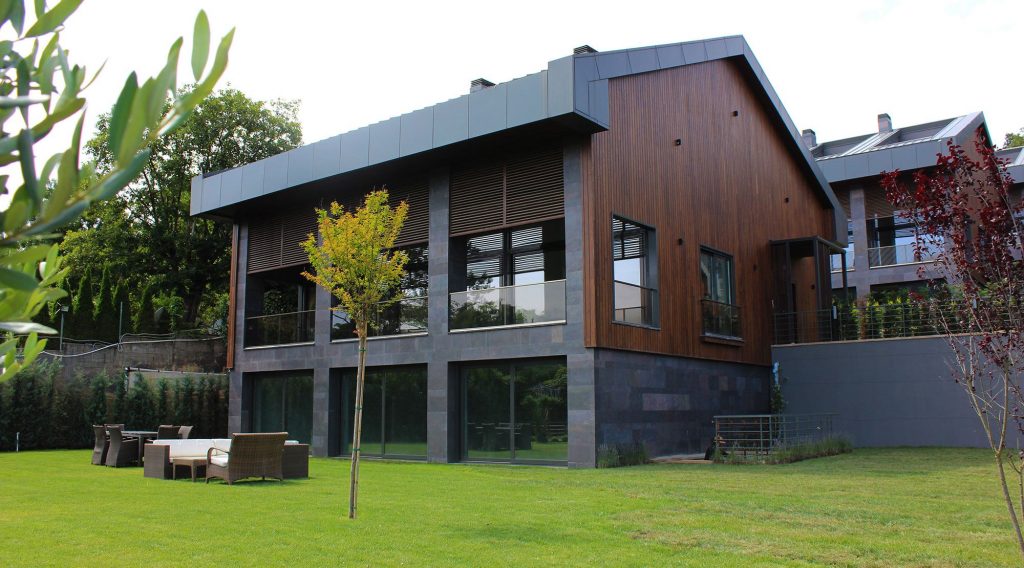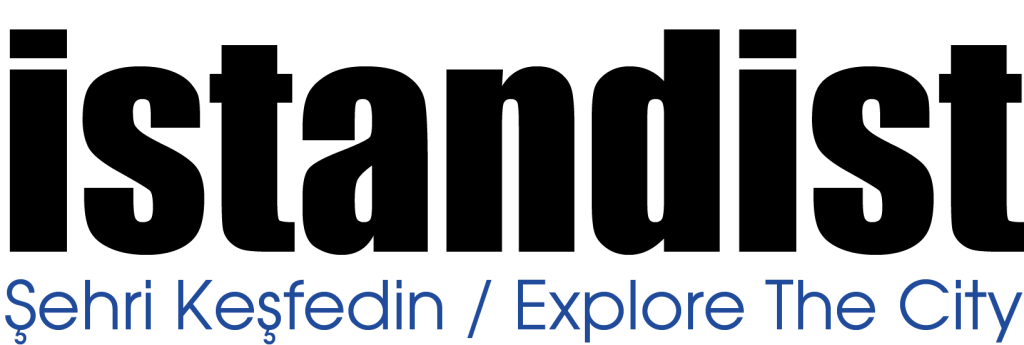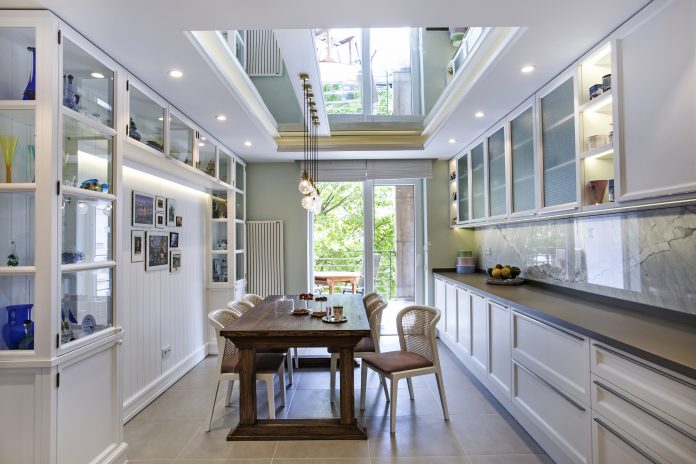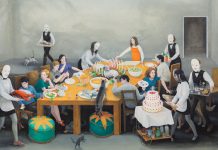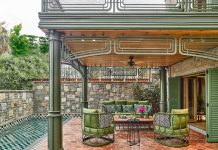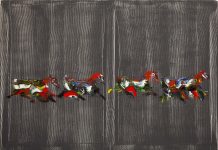The bar is increasing day by day in terms of space design. We conducted an interview with the Mürekkep Design Workshop from the design offices that have a share in this rise. We talked about “Workshop” which was founded in Istanbul and carried out projects in different cities, and talked about designs and ways of handling the space.
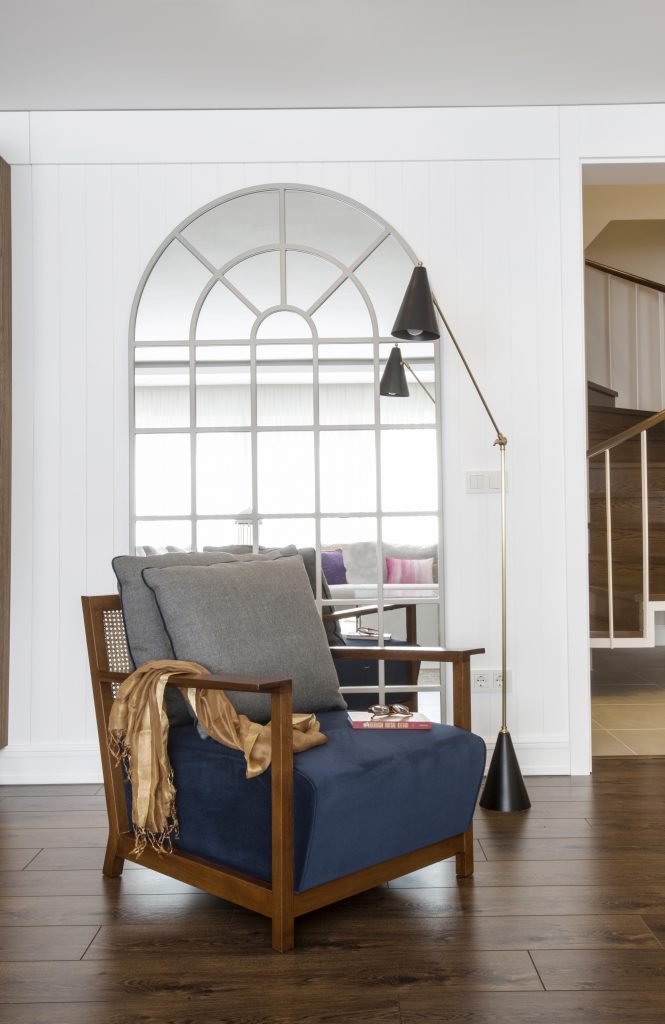 Mürekkep Design Workshop is one of the successful design offices established in Istanbul in recent years. Can we listen to the story of the emergence?
Mürekkep Design Workshop is one of the successful design offices established in Istanbul in recent years. Can we listen to the story of the emergence?
We can summarize the three friends with similar ideas and opinions who have been trained with the same architectural discipline as a journey to make their professional lives more creative, productive, enjoyable and free.
The workshop meets an experimental, developing design approach. What was the contribution of coming together under this concept to your designs?
The workshop concept tells us a school where many different disciplines are gathered under the same roof and together they can produce a product. The idea of creating a product with different disciplines allows us to look at the draft we want to create in a wider perspective.
According to the projects studied, you attach importance to coming together with different disciplines. How does the environment that you provide affect the professional development of the team?
We believe that being influenced by many disciplines and having the freedom to work together with these disciplines will make the design capability more free and correct.
Can we talk about working with different disciplines in a different direction?
Rather than a different direction, we can talk about the various effects on the design line. Having information about these disciplines by being fed from different disciplines expands our point of view and helps us to see the smallest details on the whole project.
You’re an office that creates both public and private space. Although your projects are independent of each other in the same line. How do you get this?
Being connected to the same architectural disciplines makes the line quality similar.
We consider the idea of design based on a certain characteristic from large-scale projects to small-scale product design, and the design idea is developing in this context.
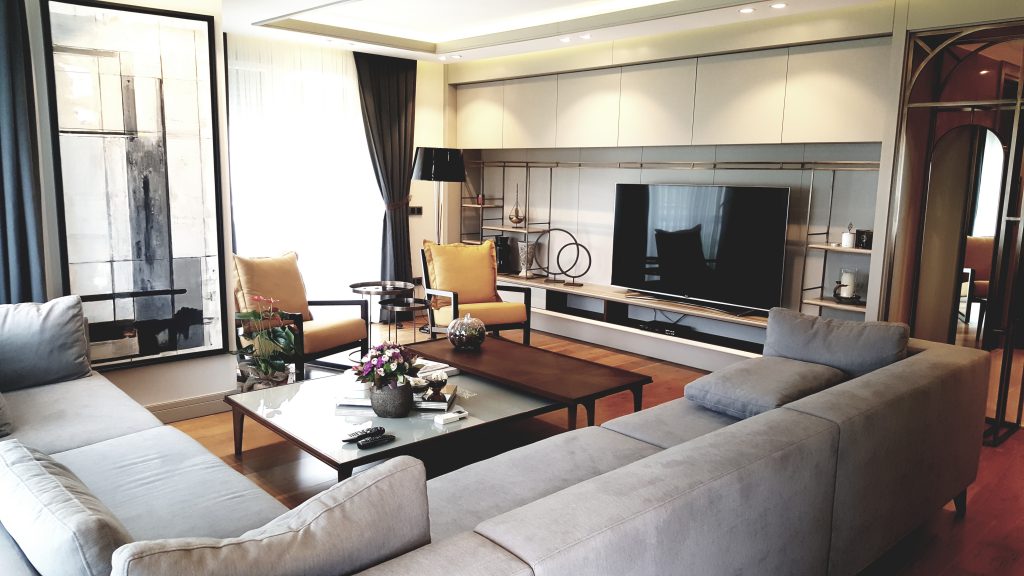 How do you approach existing requests and problems when starting your designs?
How do you approach existing requests and problems when starting your designs?
The space design is shaped according to the user’s wishes and requirements. If the user-oriented work is not done, the design does not mean anything to anyone and unfortunately remains in the air. What we do is user-customer-focused, but at this point, what’s important is how you can guide the customer or user, and how you can convince the user of the design. By analyzing the requests of the user, we understand the problems and start the design process by creating various usage scenarios for them. This gives the user a more concrete idea and reason to believe in the project. In this way, we are able to respond to the requests in full, which I think minimizes the problems.
In your projects, we observe places that are as unpredictable as possible and with unbreakable walls. Can we talk about the effort of providing a holistic space experience?
In the project process, there are many basic concepts such as planning, functional requirements, establishment of texture and color balance. Of course, there are basic concepts that each team cares about. To ensure the integrity of the space, to work together to make a whole set of working elements is one of the basic concepts we care about. To treat the space as a part of a whole and to associate the elements of the space correctly according to its functions, to provide a controlled and balanced distribution of natural light within the space, and to try to make the space a structure that is balanced and solid on its own is an effort we enjoy.
The choice of furniture and other complementary products used in the space can influence the character of the design. Do you include your own product designs at this stage?
The complementary elements such as moving furniture, sculpture, painting, accessories and lighting elements have an undeniable contribution to the whole space. These elements create a variety of striking frames that we call tasarım scenes belir in the space and even in some cases designate the concept of design. With this idea, our product designs often appear with spaces. Therefore, we include our products in the spaces.
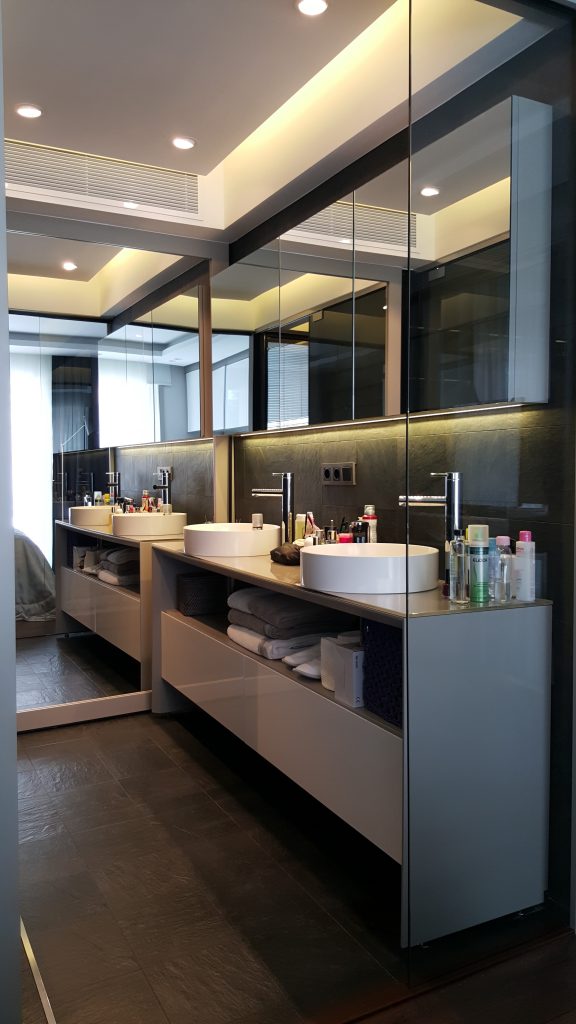 The habit of consuming shows itself in every field. How do you evaluate this situation in terms of space design?
The habit of consuming shows itself in every field. How do you evaluate this situation in terms of space design?
In order to understand the impact of the habit of consumption on space design, we need to focus on the concepts of brand and institutionalization. The brand is an organizational structure that believes that the effort of differentiation can be overcome by design and that its line should be distinguishable. The brands set corporate strategies in line with their consumption needs in an effort to be one step ahead in almost all sectors. The fact that the spaces of “public spaces” or “corporate identity brands” are changed in accordance with the needs in various time periods also shows that the space has become a concept that is produced and consumed. Hence, the concept of timelessness in public space and brand space designs has become controversial, and temporary spaces shaped by today’s pop culture and instant tastes have emerged. We are confronted with a design world that cannot survive in the face of corporate identity and branding.
What is the focus of designs that can meet the needs of the user for many years?
The spaces that meet the demands and requirements of the user and also overlap with the aesthetic characteristics of the user can meet the needs for many years as long as the user and his function do not change.
What are your recommendations to designers who are going to enter the sector?
We believe that the designers who survive, who constantly improve, learn and produce themselves can survive in front of our Earth, which is evolving with incredible speed and thus undergoing a change. The fact that material knowledge is current and wide is also a vital feature for the designer. We think that the designer needs to know the instruments in his hand before making the design and learn how to use these instruments in the manufacturing part of the work.
